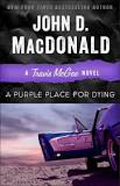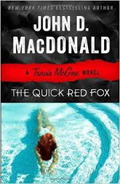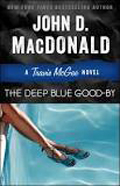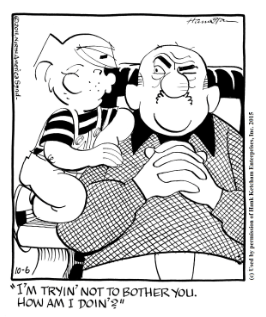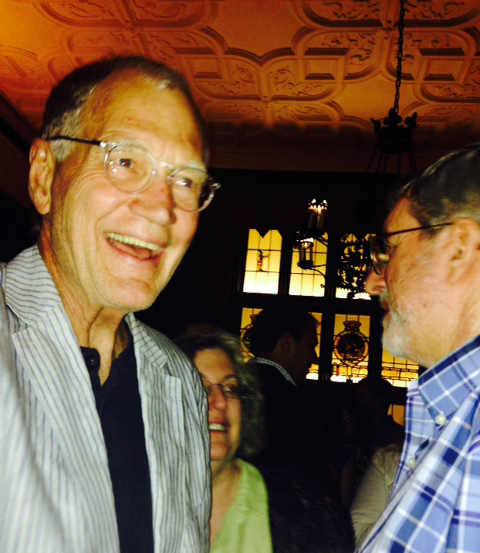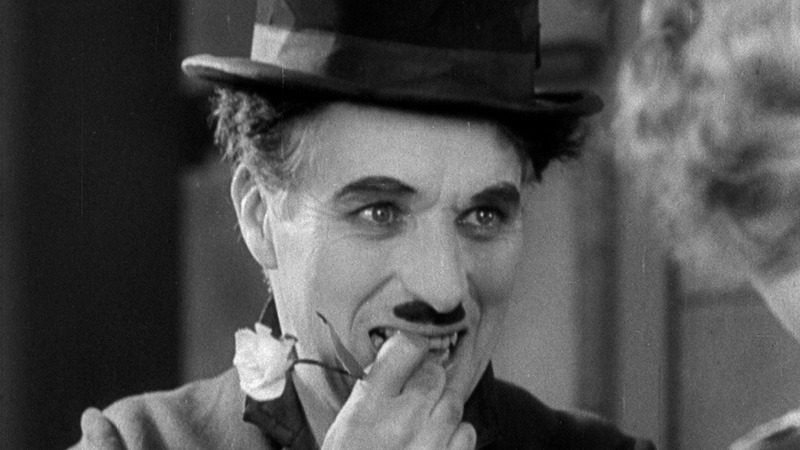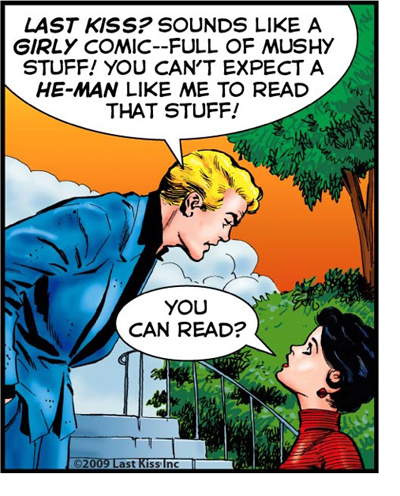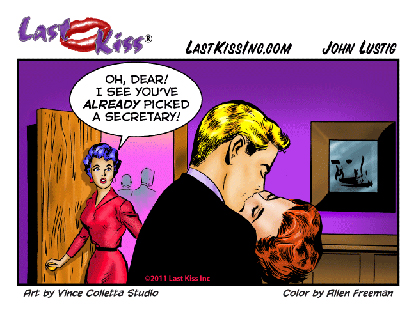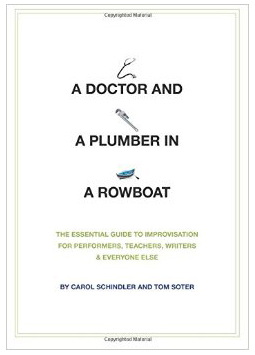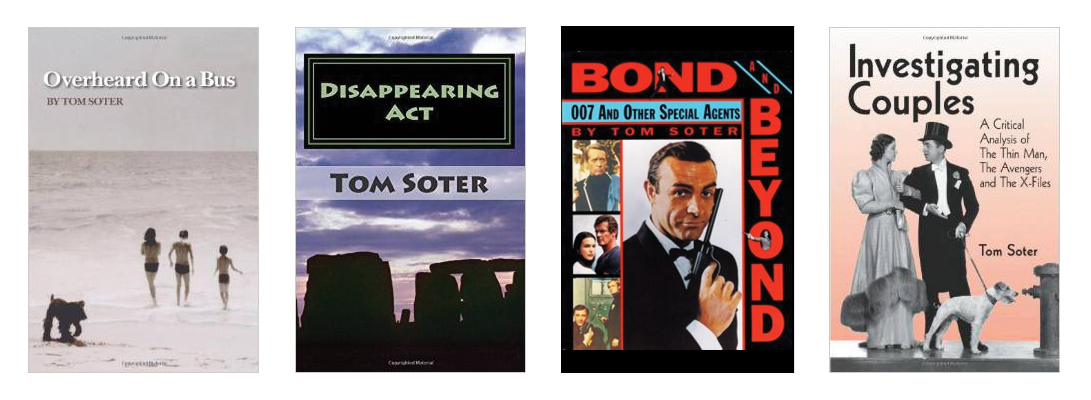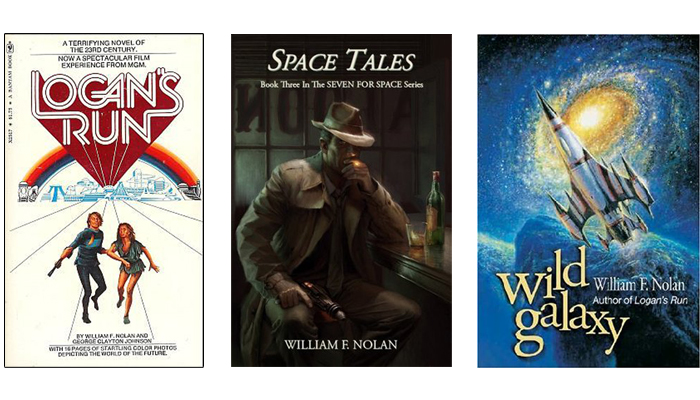HOW TO START WRITING
 I meet people all the time who say they want to write. Many of them don’t know where to start or even how to start. A lot of people are worried about “doing it wrong” or feel they can’t begin unless they get “permission.” They don’t know who they want permission from but they know that there must be someone out there who can give it to them.
I meet people all the time who say they want to write. Many of them don’t know where to start or even how to start. A lot of people are worried about “doing it wrong” or feel they can’t begin unless they get “permission.” They don’t know who they want permission from but they know that there must be someone out there who can give it to them.
 All this comes from fear. Fear of failing, fear of being judged, criticized or rejected. These are very real and universal fears. Every writer has them to one extent or another. The problem is that these fears can stop many people from even writing a single word. The fears come from your inner critic. This critic is far worse than any friends, family, or even professional critic can be. This inner critic tells you that you’re no good, that you’re not a “real” writer, that there are more talented writers than you; that your chances of getting anywhere are a zillion to one, so why bother? And other similar negative messages.
All this comes from fear. Fear of failing, fear of being judged, criticized or rejected. These are very real and universal fears. Every writer has them to one extent or another. The problem is that these fears can stop many people from even writing a single word. The fears come from your inner critic. This critic is far worse than any friends, family, or even professional critic can be. This inner critic tells you that you’re no good, that you’re not a “real” writer, that there are more talented writers than you; that your chances of getting anywhere are a zillion to one, so why bother? And other similar negative messages.
What can you do about this critic? The first thing you need to know is that you’re not alone. Every writer has an inner critic. Some writers are better than others at shutting this critic up. How do you do that? It takes practice and a different way to approach the problem.
Here are a few things that might help you:
- Don’t talk about your work with anyone before you write it. I mean anyone. No exceptions. I’ve had people ask me what I’m working on and I say, “I can’t tell you.” They sometimes say, “Why, are you afraid I’m going to steal your idea?” “No,” I say, “I’m afraid you’ll tell me how much you like it and then I won’t write it.” Talking about something you’re going to write is a great way to never actually write it.
- After it’s written only show it to a friendly and kind professional editor or writer. No one else’s opinion matters. Do doctors show their work to plumbers for help and approval?
 As far as actually getting started: find a safe place to write where you won’t be disturbed. That can be a private room, your favorite coffee shop, a library, a park bench anyplace where you feel comfortable. Once you find this place give yourself time to write. Do it at your own pace. And remember you don’t have to show your work to anyone. You are allowed to write for yourself alone if that’s what you want. Don’t be the judge and jury of your work. Your early efforts will be just that, early efforts. Be okay with that. Writing is like learning to play an instrument. You will not be ready to give concerts in only a few weeks. Be patient with yourself.
As far as actually getting started: find a safe place to write where you won’t be disturbed. That can be a private room, your favorite coffee shop, a library, a park bench anyplace where you feel comfortable. Once you find this place give yourself time to write. Do it at your own pace. And remember you don’t have to show your work to anyone. You are allowed to write for yourself alone if that’s what you want. Don’t be the judge and jury of your work. Your early efforts will be just that, early efforts. Be okay with that. Writing is like learning to play an instrument. You will not be ready to give concerts in only a few weeks. Be patient with yourself.
If you forget about money for a few minutes, think about the reasons you might motivate you to write. Here are a few:
- It’s fun.
- You have a story you really want to tell.
- It gives you a sense of fulfillment.
- You like researching a story.

- It’s therapeutic and healing.
- It makes you forget your problems.
- It’s a way to escape.
- It’s entertaining to you.
- It teaches you about things.
- It relaxes you.
- It’s meditative.
- You don’t know why.
You may have other reasons to add to the list, but you’ll notice that all these reasons to write are for you. Not one of the things on this list has to do with anyone but you. What’s not on the list:
To win love from someone else
To be liked and admired
To get compliments and praise
To get fans
Writing is like cooking. Imagine you’re alone and you want to eat dinner. You select your favorite foods and the ingredients that you like. You put in all your favorite spices. You cook everything and then it’s done and you are about to eat it. Unexpected guests arrive. You have some extra food so you offer it to them. They accept. Some like what you cooked and others don’t. But it doesn’t matter. You cooked it for yourself. You like it. If others do or don’t that’s their choice but it doesn’t change the fact that you cooked what you like. And you still like it.
Write for yourself first. If others like it that’s nice, but please yourself first. Not everyone will like what you write, but make sure that the most important person does. You.
 How do you write? You start writing. Do it a lot so it becomes a habit. When that happens, each word will cease to have the monumental importance that it does now. This will take some of the pressure and stress out of the process. You will begin to understand that nothing you write is carved in stone. You can change anything at any time. Your writing is like your own personal friend and support group. It’s a safe place without judgement. Be gentle with yourself. Any place you start is the right place. There is no right or wrong way to do it.
How do you write? You start writing. Do it a lot so it becomes a habit. When that happens, each word will cease to have the monumental importance that it does now. This will take some of the pressure and stress out of the process. You will begin to understand that nothing you write is carved in stone. You can change anything at any time. Your writing is like your own personal friend and support group. It’s a safe place without judgement. Be gentle with yourself. Any place you start is the right place. There is no right or wrong way to do it.
If you don’t like what you write you can always tear it up or delete it. Or you can rewrite it. Most writing requires lots of rewriting and revision. This is how everyone writes. We don’t necessarily get it right the first time. Keep at it. You’re in charge. Go ahead, start. Give yourself permission.



